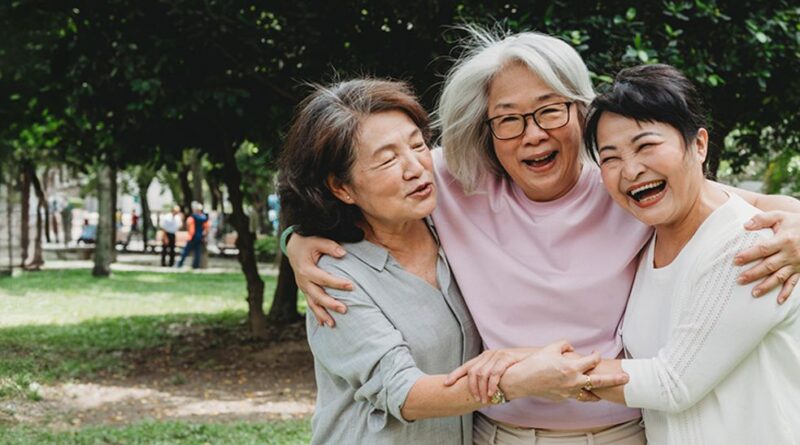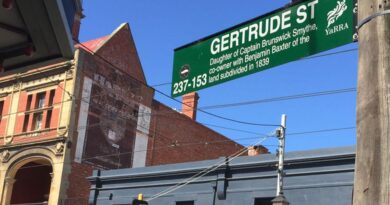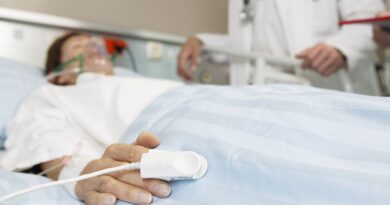Why breast screen? Breast cancer is the most common cancer for women in Australia

Breast cancer is the most common cancer for women in Australia.1
BreastScreen NSW invites women who are 50 to 74 years old to have a breast screen every 2 years.
What is a breast screen?
A breast screen, also known as a mammogram, is an x-ray of the breasts. It can find cancers as small as a grain of rice, before you notice a change or feel a lump.

It’s free
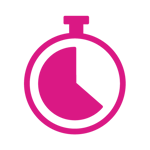
It takes 20 minutes

You do not need a doctor’s referral.
The best time to treat breast cancer is when it is still very small. If breast cancer is found early, it is more easy to treat. Most women get better and get back to their normal lives.
Women from all cultural backgrounds can get breast cancer. You may look and feel well, but you can have breast cancer without any symptoms (sickness).
Why is breast screening important?

1 in 7 women in NSW will be diagnosed with breast cancer. 2
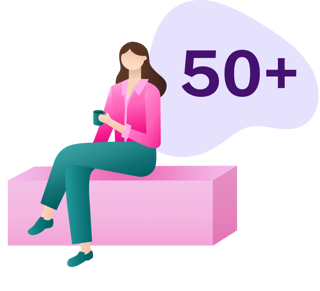
Most women diagnosed with breast cancer are over 50 years old. 3
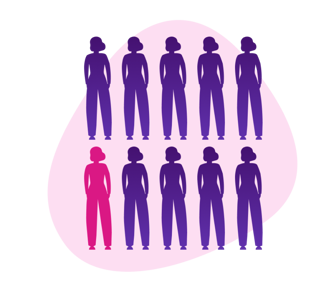
Most women with breast cancer do not have a family history of breast cancer. 4
When to screen
- Every two years between the age of 50 to 74.
- You do not need a doctor’s referral.
- Women who are 40–49 and women older than 74 can also screen. Please talk to your doctor first.
How to book a breast screen
Call 13 20 50 to make a booking or ring the Translating and Interpreting Service on 13 14 50 if you would like language support to make a booking.
If you need an interpreter at your appointment, let BreastScreen NSW know when you book. Family or friends cannot interpret at your appointment.
If you would like to come with other women to support each other, we can make a group booking.
BreastScreen NSW has over 250 locations in NSW. Find your nearest location.
Bring your doctors contact information to your appointment if you want them to receive a copy of your results.
Your appointment
- Wear two-piece clothing as you will need to remove your clothes from the waist up.
- Do not use powder, deodorant or creams on your body the day of your appointment, as they can affect your x-ray.
- A female radiographer (a health worker that takes x-rays) will take you to a private room to undress. You will then have two x-rays of each breast.
- The x-rays are quick. Some women might find it uncomfortable when the breasts are pressed. You can ask questions and stop the breast screen at any time.
- Please bring past breast x-rays with you if your last mammogram was not with BreastScreen NSW.
Please tell our staff if you:
- are pregnant or breast feeding
- have breast implants
- have a pacemaker
- have mobility, back or shoulder conditions.
Screening with BreastScreen NSW is for women with no symptoms. If you notice any changes in your breasts, such as a lump, pain or your nipple leaking, please see your doctor as soon as you can.
Book now Or call 13 20 50 to make an appointment
1Australian Institute of Health and Welfare (2022) BreastScreen Australia monitoring report 2022, catalogue number CAN 150, AIHW, Australian Government. p.v
3Australian Institute of Health and Welfare (2022) BreastScreen Australia monitoring report 2022, catalogue number CAN 150, AIHW, Australian Government. p.2
4Collaborative Group on Hormonal Factors in Breast Cancer, 2001. Familial breast cancer: collaborative reanalysis of individual data from 52 epidemiological studies including 58 209 women with breast cancer and 101 986 women without the disease. Lancet 2001; 358: 1389–99. p. 1389
